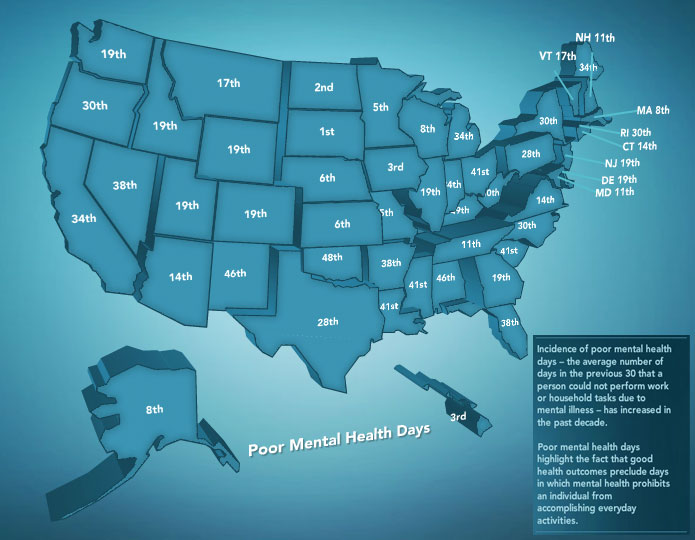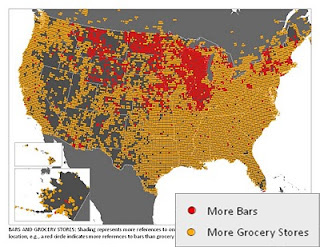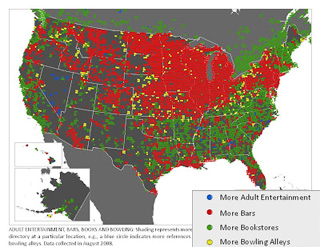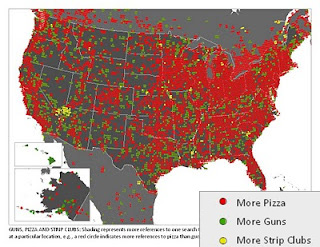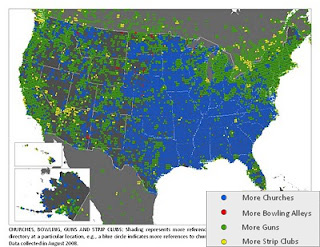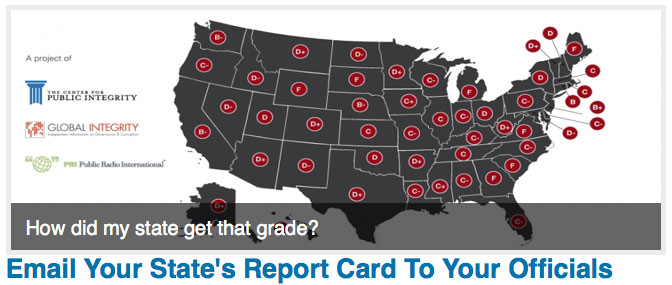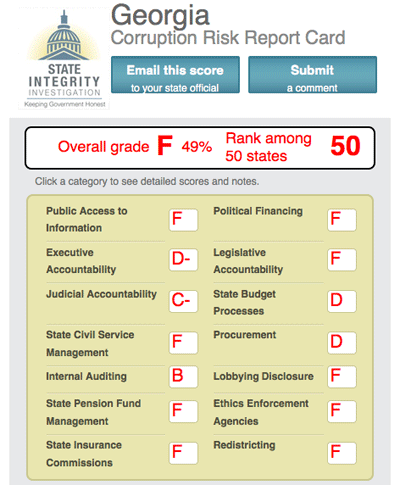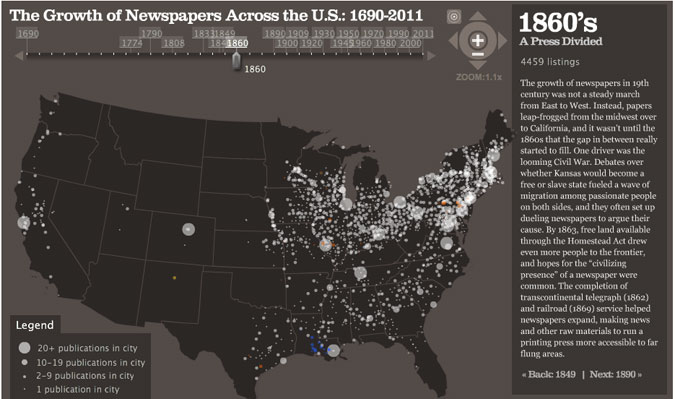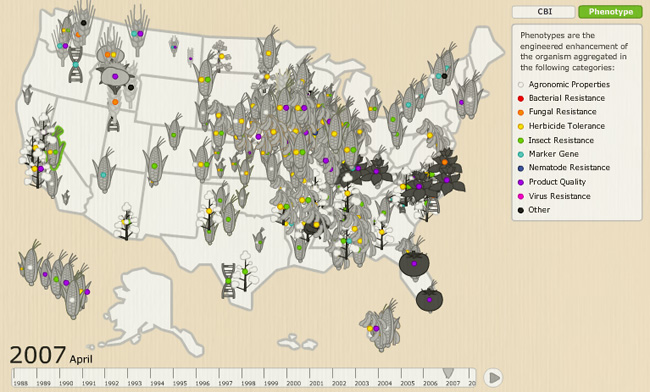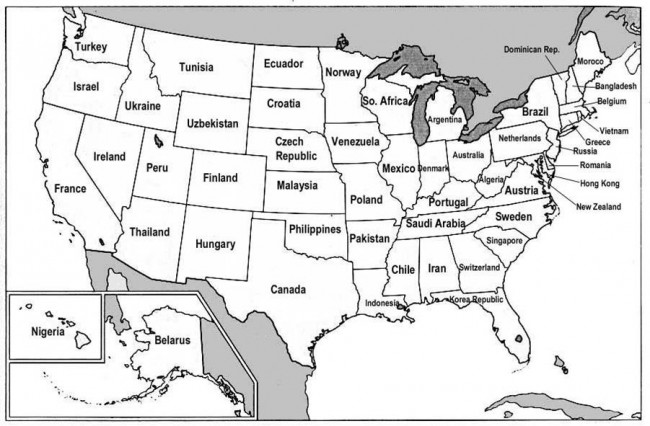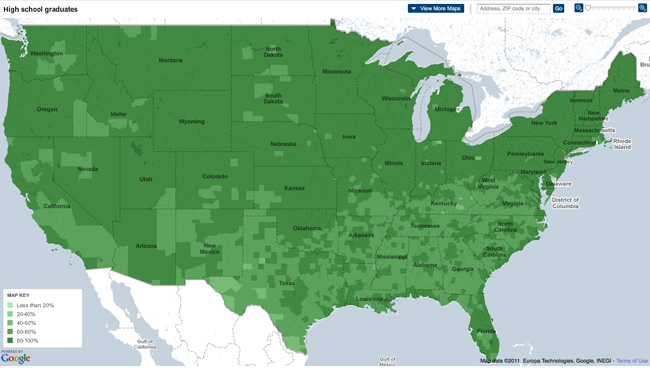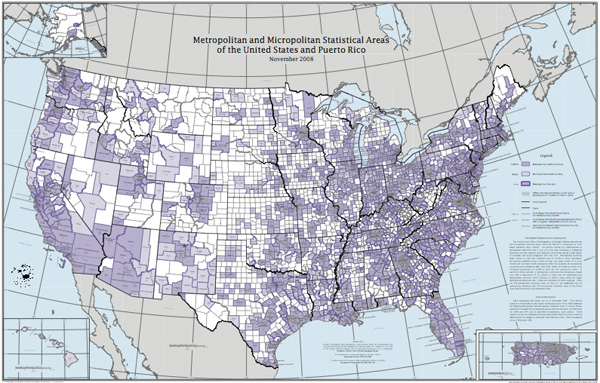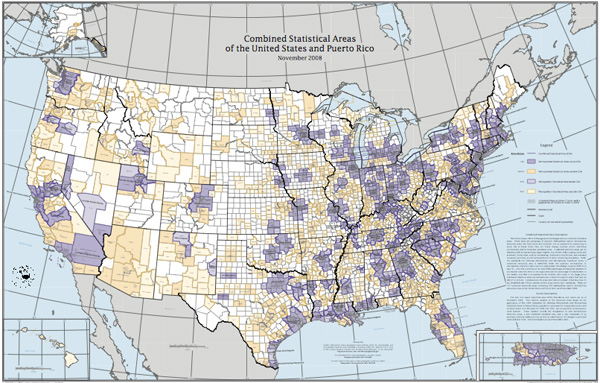Paying attention to politics is not a rewarding effort. It’s one thing to hear about everything Congress passes into law and another to keep up with the all the things they are considering. With the media and activists from both sides joining in, citizens are quickly turned into EMTs, called from one emergency to the next with constant email blasts.
Even if you hold out for the big issues, there’s plenty to keep you busy. Last month it was the multiple copyright bills bouncing around the House and Senate that would basically give corporations the ability to censor the internet and enable a flood of lawsuits aimed at consumers. The effort to stop SOPA and PROTECT-IP seems to be paying off, but the threat remains and action is still required.
This month, however, the stakes are even higher. What is it this time? Oh, just the prospect of indefinite detention of U.S. citizens on U.S. soil. No lawyer. No trial. Taxpayers could go straight to military prison, no longer having “due process” in their democracy bundle package.
The bill, S. 1867: National Defense Authorization Act for Fiscal Year 2012, is part of a yearly ritual where the military is sure to eventually get their money, which is starkly evident in the different votes for the bill and for the amendment to the bill, S.Admt.1107, proposed by Sen. Udall [D-CO], which would have scrapped the whole “indefinite detention” issue.

What’s worse: Senators specifically voting to allow indefinite imprisonment of their constituents or senators who voted to remove those provisions and, upon failing, voted for the bill containing said provisions? Does something this big really have to come down to a veto?
It’s no wonder Congress’ disapproval rating is stuck in the 80% range. We’ve got a little under a year before we get a chance to restock the ranks of Congress and this is a vote to remember then.
For more color on the situation, take your pick: Gawker breaks it down piece-by-piece, The Daily Show makes it sad but funny, plus articles from Forbes, Christian Science Monitor, Rolling Stone and the ACLU.
[Maps from
GovTrack]
